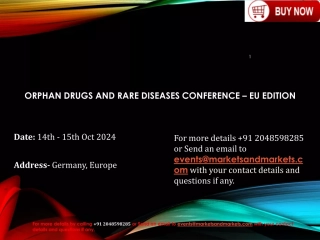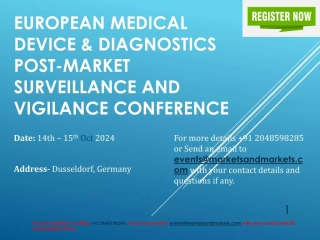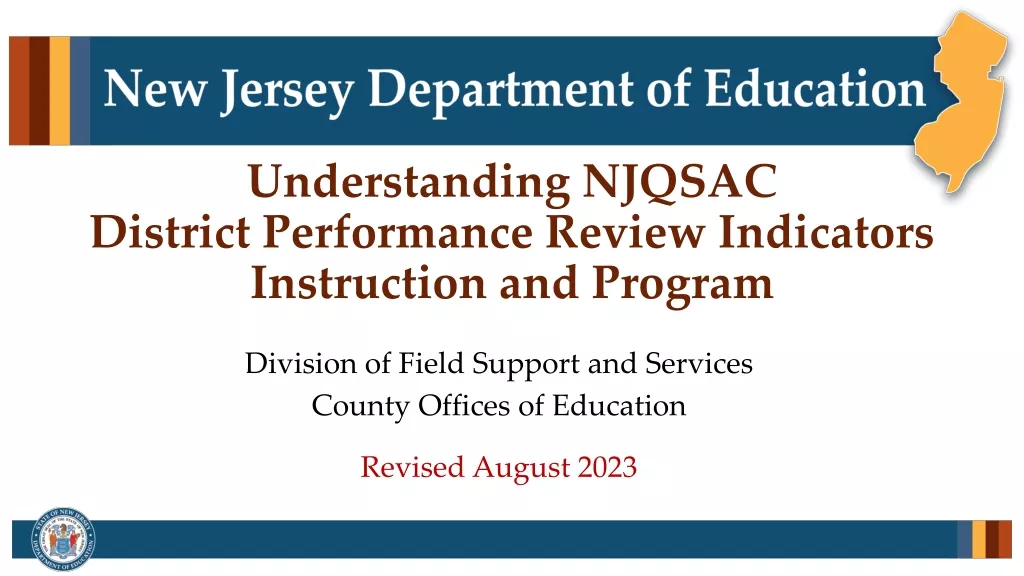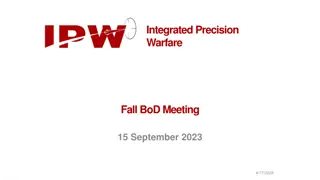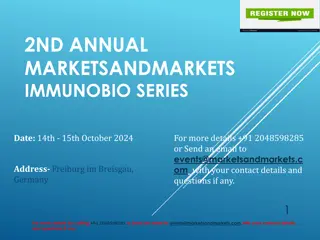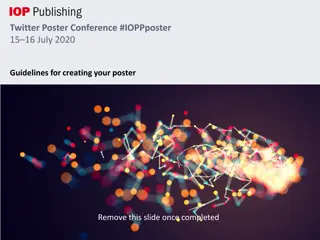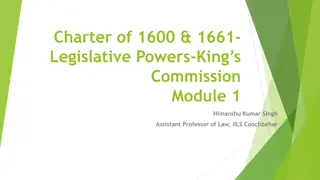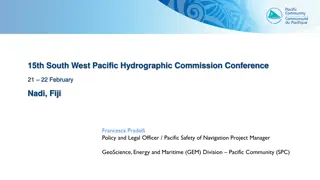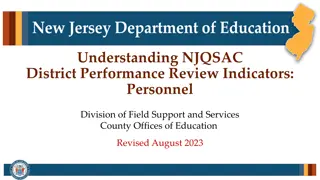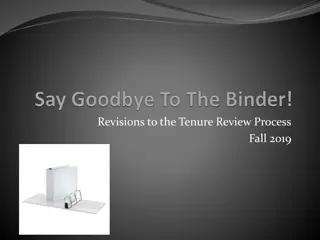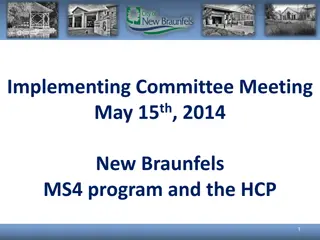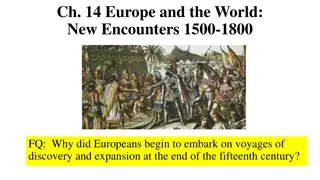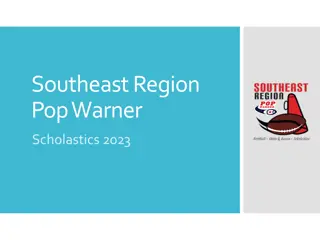
Understanding the Neural Mechanisms of Creative Cognition
Explore how creative cognition is facilitated by balanced engagement and the coupling of default mode and salience networks in the brain. Discover findings related to local efficiency differences during various cognitive tasks and their implications for creative thinking.
Download Presentation

Please find below an Image/Link to download the presentation.
The content on the website is provided AS IS for your information and personal use only. It may not be sold, licensed, or shared on other websites without obtaining consent from the author. If you encounter any issues during the download, it is possible that the publisher has removed the file from their server.
You are allowed to download the files provided on this website for personal or commercial use, subject to the condition that they are used lawfully. All files are the property of their respective owners.
The content on the website is provided AS IS for your information and personal use only. It may not be sold, licensed, or shared on other websites without obtaining consent from the author.
E N D
Presentation Transcript
2022 IF = 6.395 SSCI JCR Q1 2022 7 19
Introduction C Creative cognition is mediated by balanced reative cognition is mediated by balanced engagement of engagement of (e.g., Beaty et al., 2019 ) focused/diffuse convergent/divergent stabilizing/novelty-biased processing No consensus about brain mechanism that No consensus about brain mechanism that facilitate creative cognition facilitate creative cognition coupling of default mode and salience networks (e.g., Beaty et al., 2015; Shi et al., 2018) efficiency within the default network (Beaty et al. 2016) 2
Research gap Most neuroscientific research on creativity Most neuroscientific research on creativity involved university students. involved university students. Few studies have involved exceptionally creative Few studies have involved exceptionally creative individuals. individuals. 3
Methods Participants Participants 4
Methods Tasks Tasks the alternative uses test (AUT) Which requires participants to propose alternative uses of common objects. the remote associates test (RAT) Which requires participants to identify words that connect to three seemingly unrelated words 5
Results During resting state, greater local efficiency in Big During resting state, greater local efficiency in Big- -C C than SCG than SCG * * * * 6
Results During AUT, less local efficiency in Big During AUT, less local efficiency in Big- -C than SCG. C than SCG. * * * * 7
Results During RAT, no significant difference in Big During RAT, no significant difference in Big- -C and SCG. C and SCG. 8
Discussion Reduced Local efficiency/Less global efficiency enables more widely separated regions connected in the brain to support creative cognition. No significant functional connectivity differences in the RAT using global or local measures, implying these two groups share differences in the ventral attention network s functional organization. 9
Conclusion Big-C creativity is associated with more random rather than more efficient global network functional architecture, with condition- dependent variations in local clustering and efficiency. 10
Reflection vs. 11
IF = 7.400SCI JCR Q1 2 TOP 2022 7 19
Research gap Group creation is the process by which group Group creation is the process by which group members collaborate to produce novel and useful members collaborate to produce novel and useful ideas or products, including ideas generation and ideas or products, including ideas generation and evaluation. evaluation. However, the interpersonal neural mechanism of However, the interpersonal neural mechanism of group creation during natural communication group creation during natural communication remains unclear. remains unclear. 13
Methods Product Improvement Task (creative condition) Item Purchase Plan Task (control condition) 14
Main Results SMG STG SFG SFG MFG 15
Main Results 16
Main Results 17
Conclusion and implication The INS in the creative condition was Lower than that in the control condition. The higher INS, the better performances of group creation. Lower INS might reflect the creative groups conflict of views. Our findings provide interpersonal neural evidence for group creative interactions in the context of natural communication and increase our understanding of the nature of group creativity. 18
Reflection 19

